Unfortunately, there are no extant Christian musical compositions from the first century, but we do have a surviving Christian hymn from the 3rd century. This hymn is called the Oxyrhynchus hymn (pronounced Oxi-REEN-kus). The reason why this fragment is so important is that both the music and the text are preserved. And, thanks to the few surviving writings of Alypios of Alexandria (a 3rd or 4th century AD musician), modern readers can read the music notation that accompanies the text found on the papyrus fragment.
A Recording of the Earliest Christian Hymn
Here is a recording of the earliest hymn, the Oxyrhynchus hymn, on YouTube entitled Hymne Chrétienne d’Oxyrhynchus by Gregorio Paniagua. You can follow along with the English text pictured below. As you listen, notice that there is no harmony in the vocals or accompanying instruments. Songs and hymns were sung without instrumental accompaniment (a cappella) for about the first 1000 years of Christian history. While the organ, the first instrument to be widely used in churches, made its way into some churches near the beginning of the Middle Ages, there is debate as to when the organ was used for the elements of Christian worship services.
The Words to the Oxyrhynchus hymn
Charles H. Cosgrove provides the following translation:
. . . together all the eminent ones of God. . .
Charles H. Cosgrove in An Ancient Christian Hymn with Musical Notation
. . . night] nor day (?) Let it/them be silent. Let the luminous stars not [. . .],
. . . [Let the rushings of winds, the sources] of all surging rivers [cease]. While we hymn
Father and Son and Holy Spirit, let all the powers answer, “Amen, amen, Strength, praise,
[and glory forever to God], the sole giver of all good things. Amen, amen.”
As you can see this hymn follows the pattern of the Psalms by naming God’s works in natures (see Psalms 8, 19, 139). The “amen” is used, which is common in Scripture (Psa. 106:48; 1 Chron. 16:36; Neh. 5:13, 8:6; 1 Cor. 14:16; Rev. 7:12, 19:4) for songs used in worship. We also find the “amen” used in the second century among the congregations of Justin Martyr.
The trinitarian formula—Father, Son, and Holy Spirit—is also used which would have been common in early Christian worship, especially during baptism. The “Strength, praise, [and glory forever to God]” line is reminiscent of Revelation 7:12 which says, “Amen! Blessing and glory and wisdom and thanksgiving and honor and power and might be to our God forever and ever! Amen.”
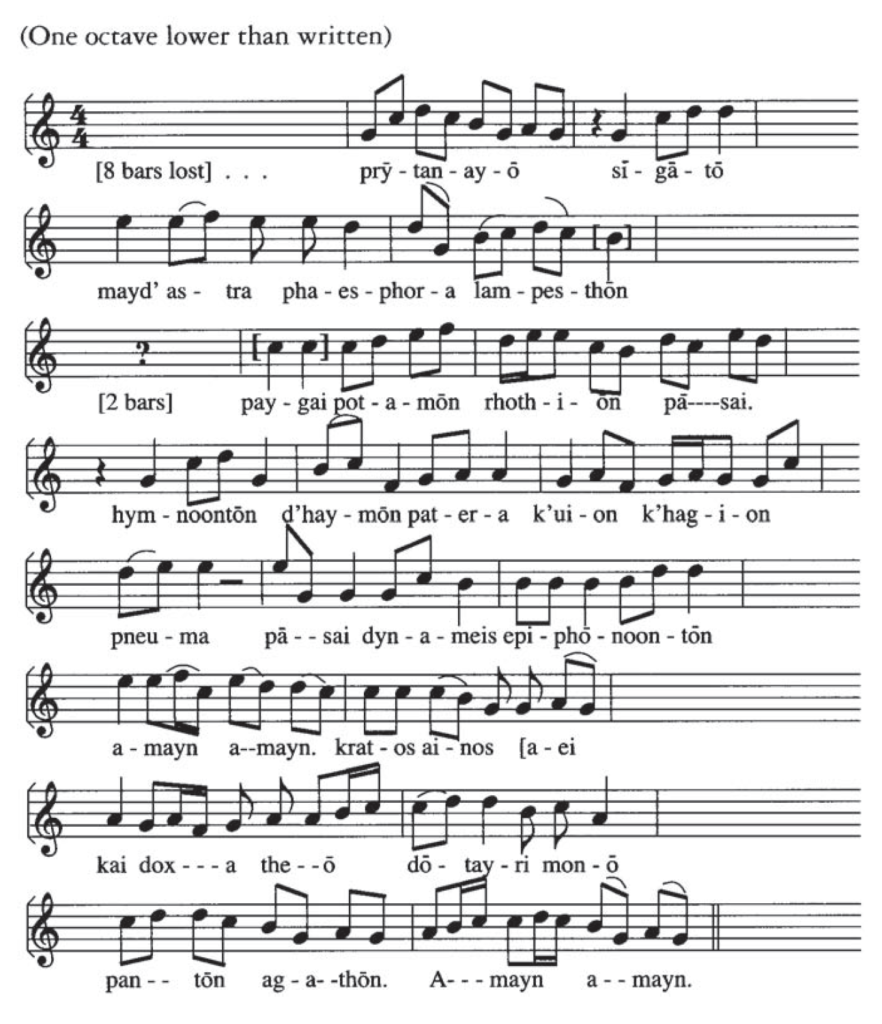
The Papyrus Fragment that Contains the Oxyrhynchus hymn
The Oxyrhynchus hymn is found among the fragments found in the late 1800s in a trash dump in Oxyrhynchus, Egypt. The form of music notation on this fragment is very different than the modern notation pictured above. Deciphering the characters would not be possible if we did not have access to the writings of Alypius of Alexandria (a 3rd or 4th century AD musician) whose small amount of extant writings happen to provide an extensive explanation of Greek music theory and notation.

Further Reading
Bradshaw, Paul F., The Search for the Origins of Christian Worship: Sources and Methods for the Study of Early Liturgy, 2002.
Cosgrove, Charles H. An Ancient Christian Hymn with Musical Notation: Papyrus Oxyrhynchus 1786: Text and Commentary, 2011.
Grenfell, Bernard Pyne, and Arthur Surridge Hunt. “1786. Christian Hymn with Musical Notation”. The Oxyrhynchus Papyri, 1922.
Landels, John G., Music in Ancient Greece and Rome, 1999.
Holleman, A. W. J., The Oxyrhynchus Papyrus 1786 and the Relationship between Ancient Greek and Early Christian Music, 1972.
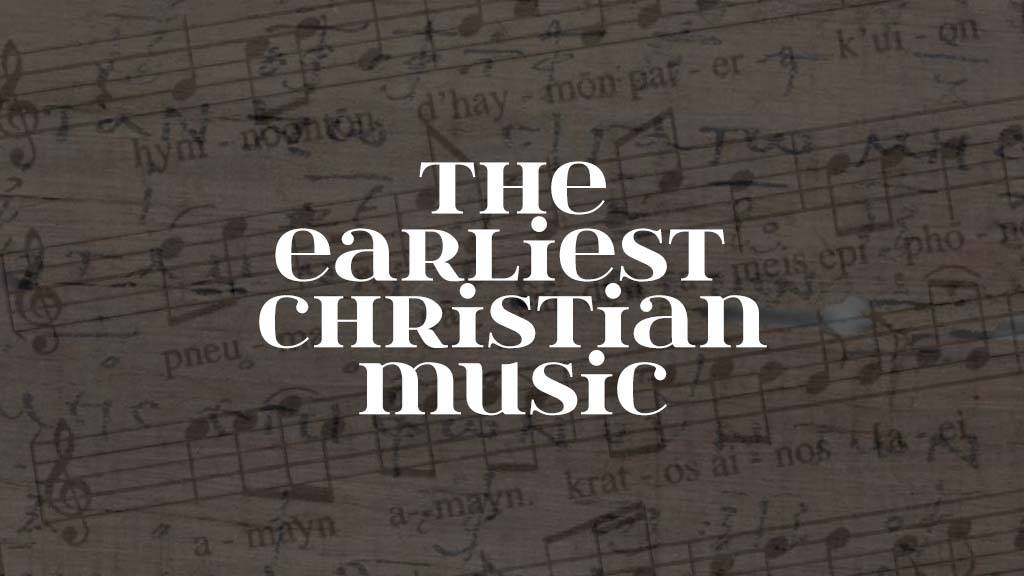

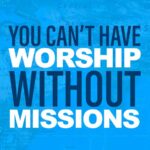

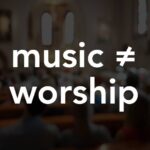
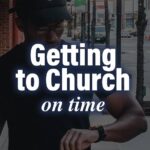


5 Responses
Growing up every week we sang a psalm . They were in the back of our hymn books. They were beautiful that was years ago. After I move that denomination changed so I don’t think they do it any more
Thank you for sharing your experience, Laura.
Hi Daniel,
I see that future emperor Julian wrote a poem as a child praising the organ music at the Church of the Holy Apostles in Constantinople where his uncle, Constantine the Great, was buried. This would have been at or around 348, so perhaps a century later than the Oxyrhynchus hymn. Before I read that, I hadn’t realized church organ accompaniment went back that far. Is there any further information on the kind of music Julian would have been referring to?
Peter
Peter, thank you for your comment here! Great input! Most historians, I think, would respond by saying that this occurrence in Julian’s poem is an anomaly and that it was not typical across Christian congregations. As you probably already know, Julian’s poem has been called the earliest reference to an organ in a Christian church.
The Organ Historical Society gives a good history of the use of the organ in church worship. This article states, “The church had taken a dim view of the organ, and it was not a part of Christian worship from the early years until some time during the tenth century, and then not in the Eastern Church but only in the West.. . For the present, it is important to realize that regardless of the decisions by church and court that placed it there, the organ became associated with the church during the Middle Ages. Descriptions of the organ in churches date from the tenth century and later.”
As I said in the article, “There is debate as to when the organ was used for the elements of Christian worship services.” Thanks for your contribution to this post.
~daw
The article recommends the following bibliography:
Jean Perrot, The Organ; from its Invention in the Hellenistic Period to the end of the Thirteenth Century, translated from the French by Norma Deane. (Oxford Univ. Press, 1971).
Peter Williams, A New History of the Organ (Indiana University Press, 1980).
The Organ, by Peter Williams and Barbara Owen (The New Grove Musical Instrument Series, W. W. Norton, 1988).